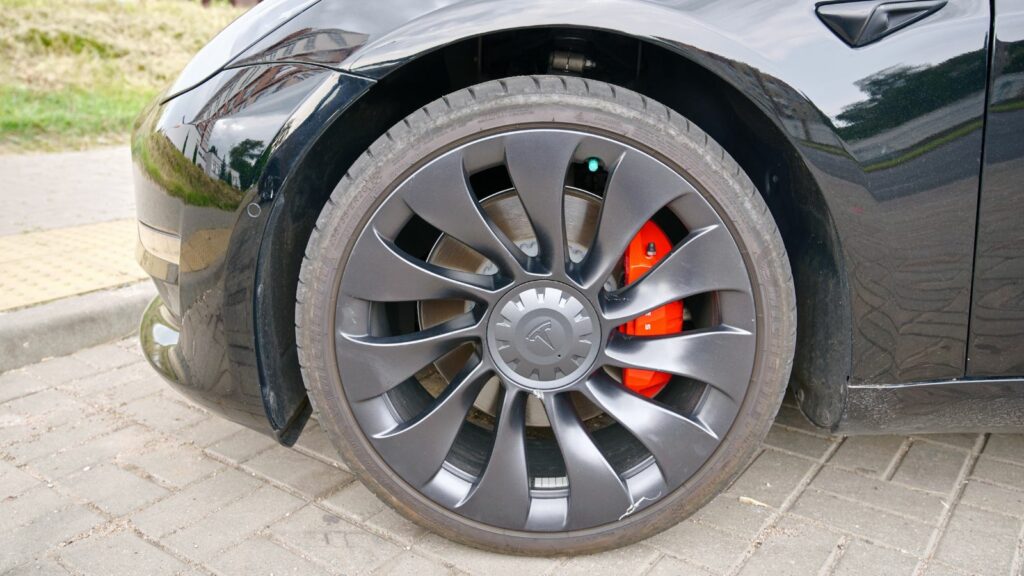For many first time electric car owners, the honeymoon period ends the moment they realize their tires are wearing out at an alarming pace. Drivers accustomed to getting 40,000 to 60,000 miles from a set of tires in their gas powered cars are often shocked to see EV tires wearing down in half that time. It is not a matter of cheap rubber or poor quality maintenance. Instead, it comes down to how electric vehicles are engineered. Their weight, their power delivery, and even the way they slow down all put much greater demands on tires than traditional cars ever have.
Instant Torque Is Brutal on Rubber

One of the defining traits of electric cars is instant torque. Unlike a gasoline engine that gradually builds power as revs climb, an electric motor delivers maximum pulling force the moment the accelerator is pressed. That instant surge of power might make EVs feel thrillingly quick off the line, but it is punishing for tires. Each time a driver launches from a stop or accelerates hard onto a highway, the tires are forced to grip against far more immediate stress than in a gas car. This is why EVs often leave their owners stunned at just how fast the tread disappears. For performance EVs with sportier tires, the issue is even more pronounced, because soft compounds designed for grip wear down at lightning speed under constant torque.
Heavier Cars Put More Pressure on Tires

The other major factor is weight. Electric vehicles carry enormous battery packs, often weighing over a thousand pounds. This makes most EVs significantly heavier than their gas powered counterparts, even in the same size class. That added weight presses constantly on the tires, increasing rolling resistance and generating more heat in the rubber. Heat is one of the fastest killers of tire life, causing compounds to break down and tread to wear away more quickly. The extra weight also means that when drivers corner or brake, the forces acting on the tires are magnified. Even if an EV owner drives gently, the sheer weight of the vehicle means tires wear faster than expected.
Regenerative Braking Adds Wear Too

Another subtle factor unique to EVs is regenerative braking. While this technology is brilliant at capturing energy and returning it to the battery, it also changes the way tires experience stress. Instead of simply coasting when you lift off the accelerator, the car applies resistance through the motors to slow down. That constant deceleration places additional load on the tires in everyday stop and go traffic. Over time, this creates wear patterns that shorten tire life, especially in urban driving where regen braking is most active. Drivers who use strong one pedal driving modes may notice tire wear even faster, since the tires are working harder during both acceleration and deceleration.
Special EV Tires Are a Partial Solution
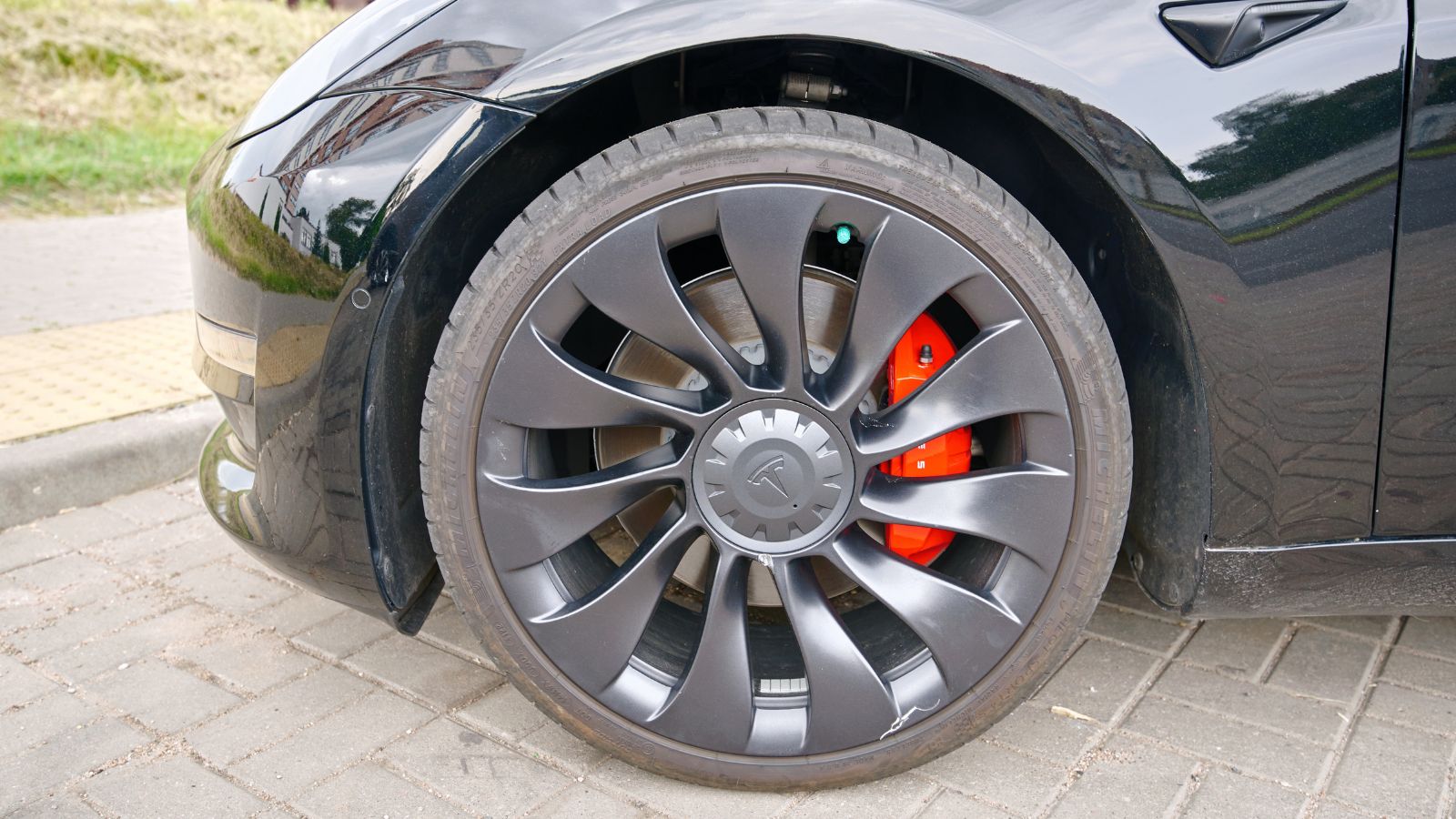
Tire manufacturers are responding to this challenge with EV specific tire designs. These tires are built with reinforced sidewalls to handle heavier loads, optimized tread patterns to reduce rolling resistance, and special rubber compounds that balance grip with durability. They can extend tire life compared to conventional tires when fitted to an EV, but they are not a perfect fix. They still wear faster than many owners expect, and they often come at a premium price. Replacement costs for EV tires can be significantly higher than for similar sized gas car tires, adding a hidden expense to electric vehicle ownership.
Driving Style Makes a Difference
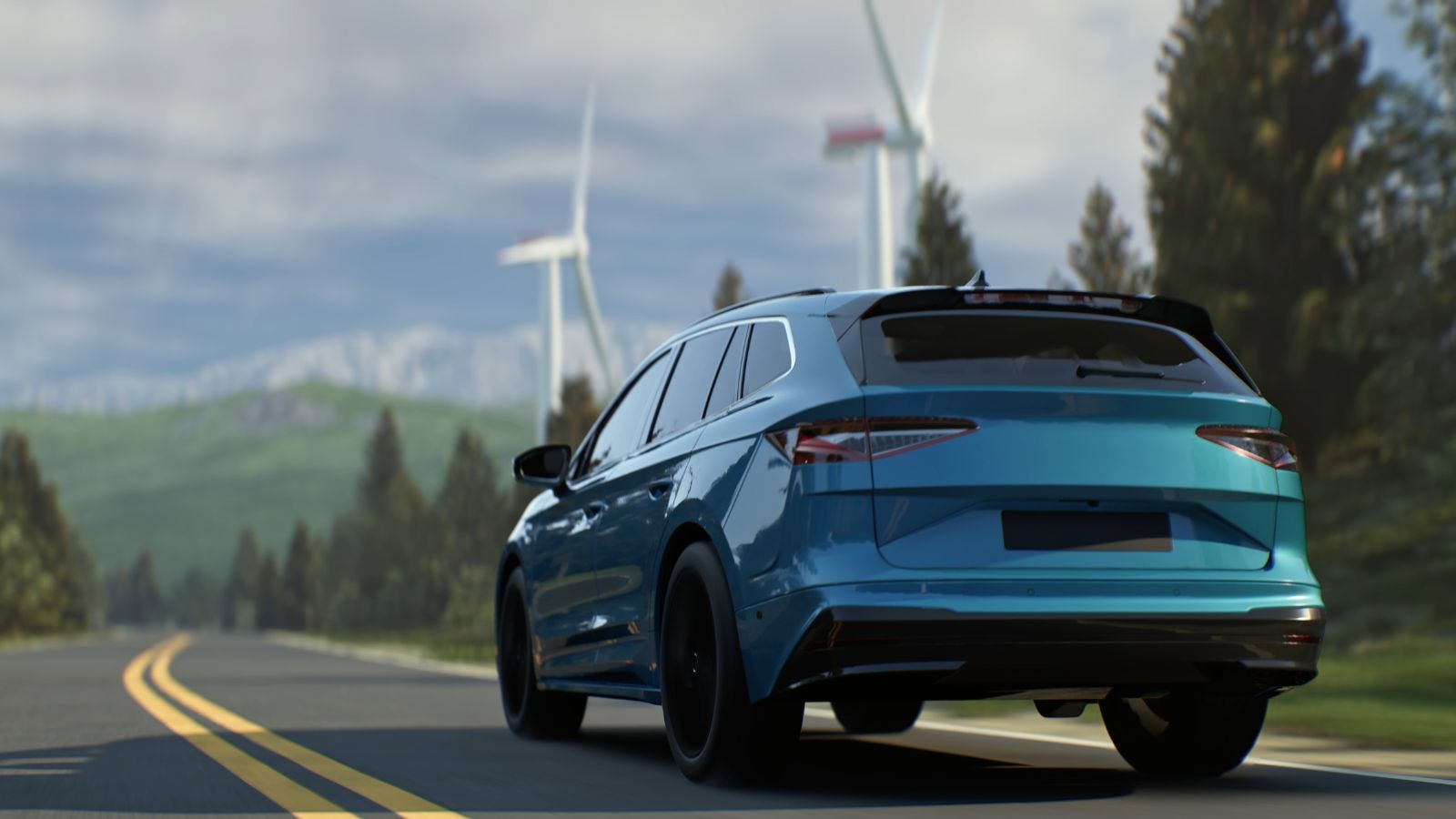
The rate at which EV tires wear is not solely determined by engineering. Driving habits play a huge role. Hard launches, aggressive cornering, and frequent abrupt braking will shred tires quickly, but the effect is magnified with the instant torque and weight of an EV. Conversely, drivers who accelerate smoothly, coast when possible, and avoid unnecessarily hard braking can dramatically extend tire life. Tire rotation, proper alignment, and correct inflation also make a major difference. Because EVs wear front and rear tires differently, especially on all wheel drive models, skipping rotations can cut tire life dramatically.
Real World Examples of EV Tire Wear
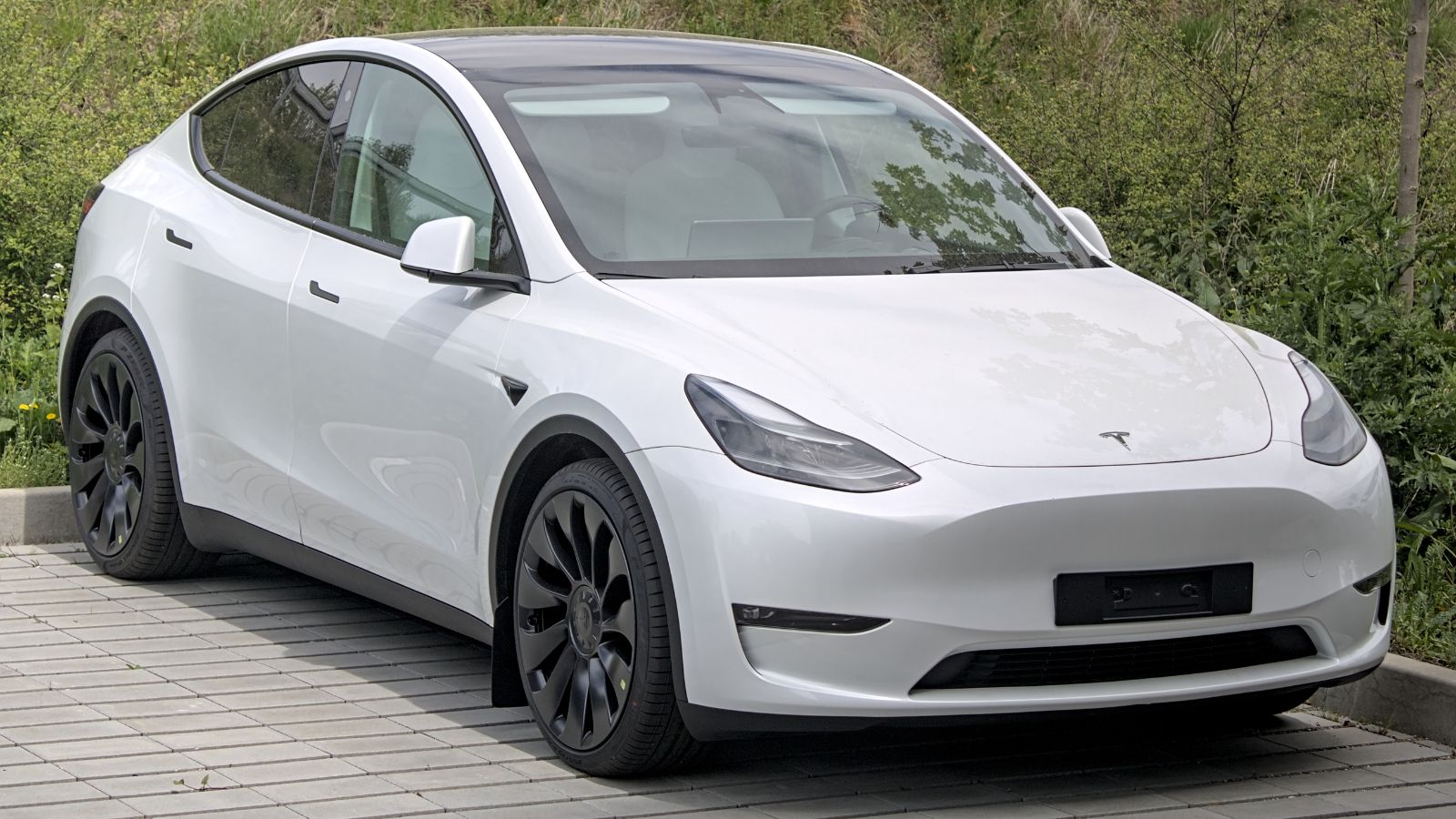
Reports from EV owners highlight how widespread this issue has become. Tesla Model 3 and Model Y owners often report needing new tires in as little as 20,000 miles, particularly on performance trims. Rivian R1T owners, with their heavy truck platforms and aggressive torque, have seen tire life drop to even shorter intervals if they tow or drive hard. Even more mainstream EVs like the Hyundai Ioniq 5 or Ford Mustang Mach E tend to wear tires faster than their gas powered peers. Tire makers are working hard to meet this new demand, but the reality is that EV ownership nearly always comes with higher tire replacement frequency.
The Hidden Cost of Electric Performance
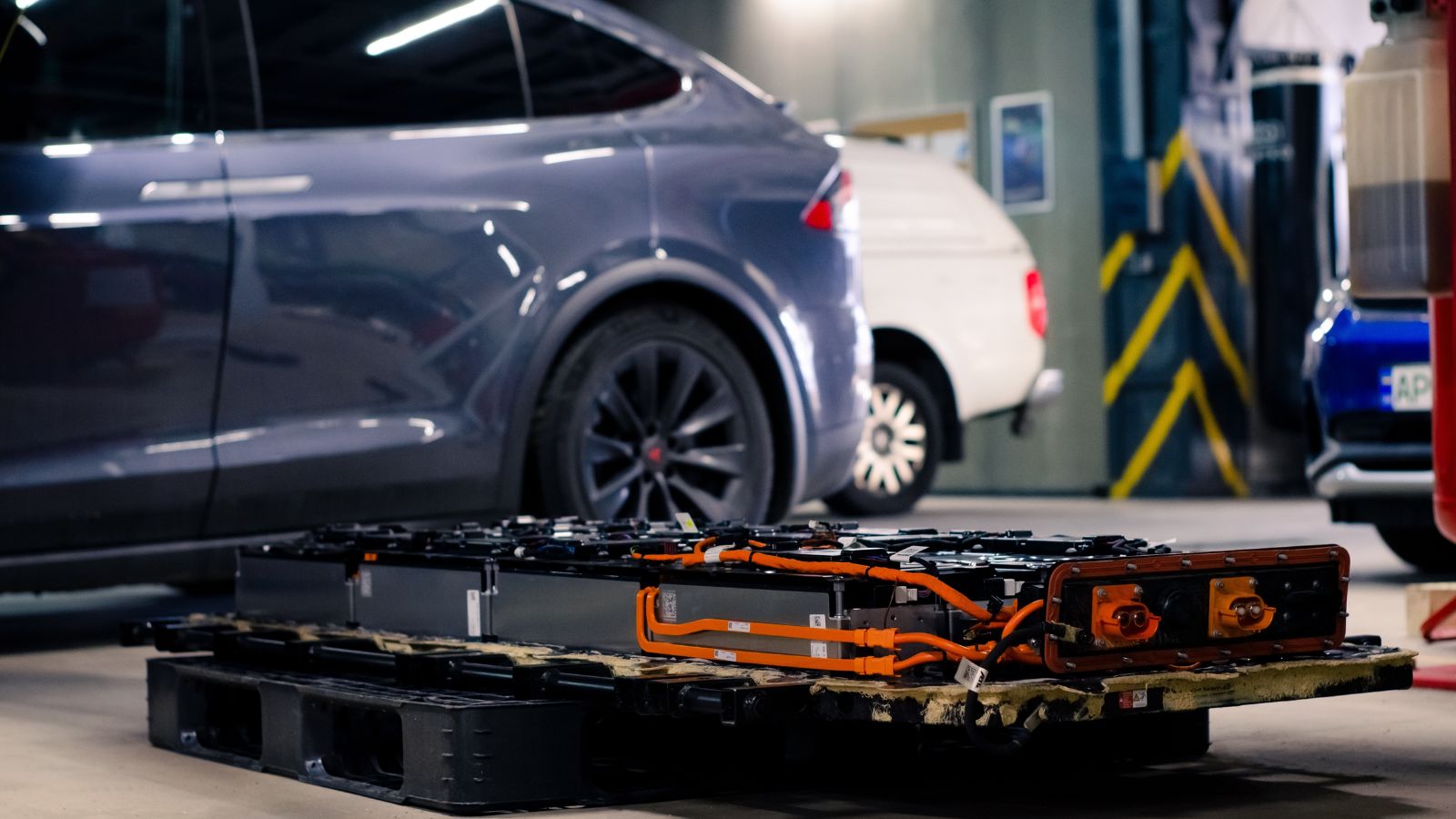
Electric vehicles are celebrated for their low maintenance compared to gas cars—there are no oil changes, fewer moving parts, and less frequent servicing. But tire replacement is one area where the costs can actually be higher. Between the faster wear rates and the premium pricing of EV specific tires, many owners are surprised at how expensive tires become over the life of the car. For drivers who love the instant punch of torque, this is the tradeoff: incredible acceleration and smooth performance, but at the cost of going through rubber much faster than expected.
Wear and Tear
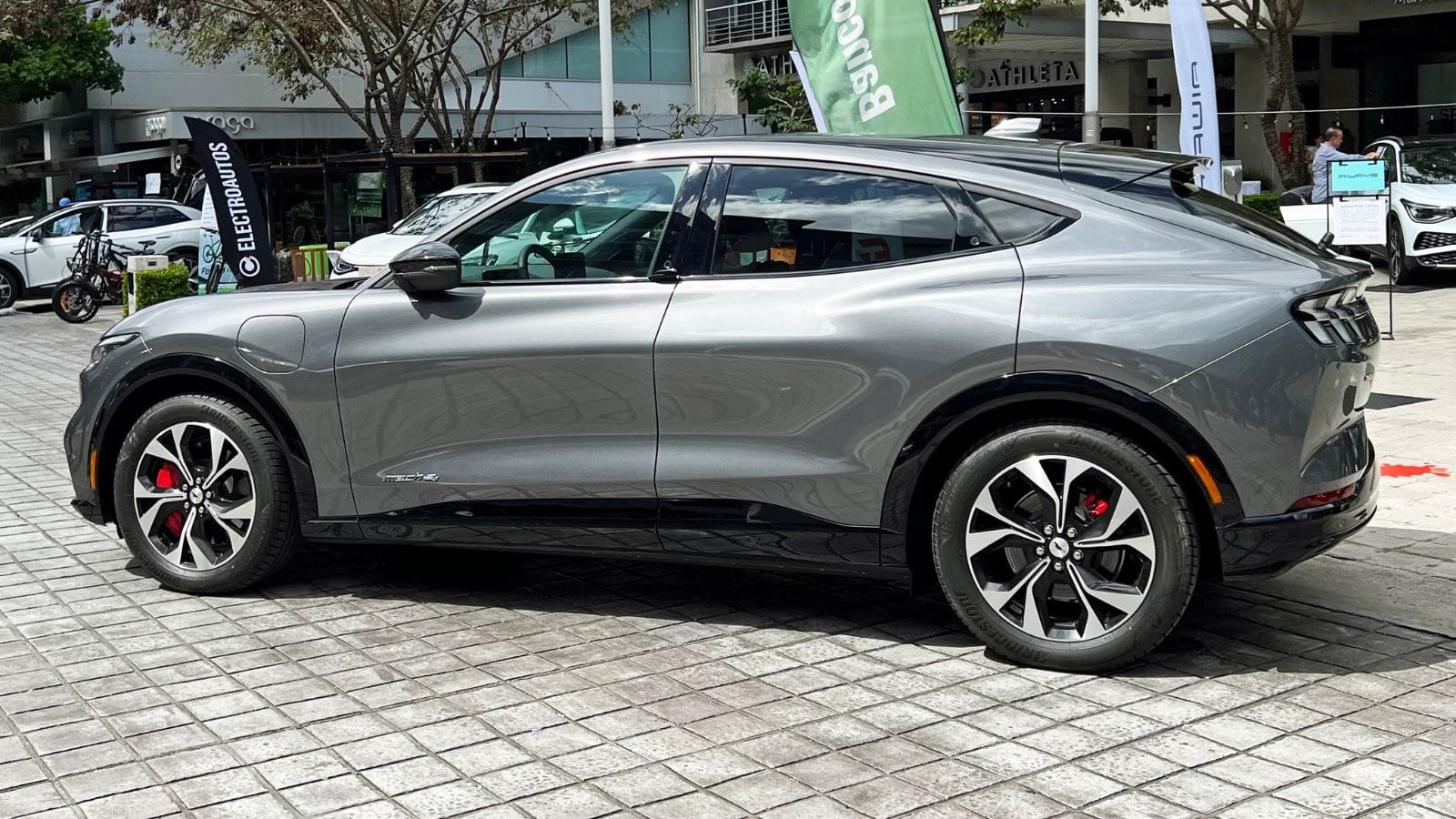
Electric cars bring speed, efficiency, and a futuristic driving experience, but their design places unusual strain on tires. Instant torque tears into tread, heavy battery packs put enormous pressure on rubber, and regenerative braking adds wear during daily driving. Specially designed tires and careful driving habits can extend lifespan, but most EV owners will still face shorter intervals between replacements compared to gas powered vehicles. For anyone considering an electric car, it is worth factoring in tire wear as part of the ownership costs. It may not get the same attention as charging networks or range, but for many EV drivers, tires become the most frequent reminder of the hidden price of electrification.
25 Facts About Car Loans That Most Drivers Don’t Realize

Car loans are one of the most common ways people fund car purchases. Like any other kind of loan, car loans can have certain features that can be regarded as an advantage or a disadvantage to the borrower. Understanding all essential facts about car loans and how they work to ensure that you get the best deal for your financial situation is essential. Here are 25 shocking facts about car loans that most drivers don’t realize:
25 Facts About Car Loans That Most Drivers Don’t Realize
